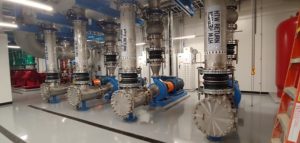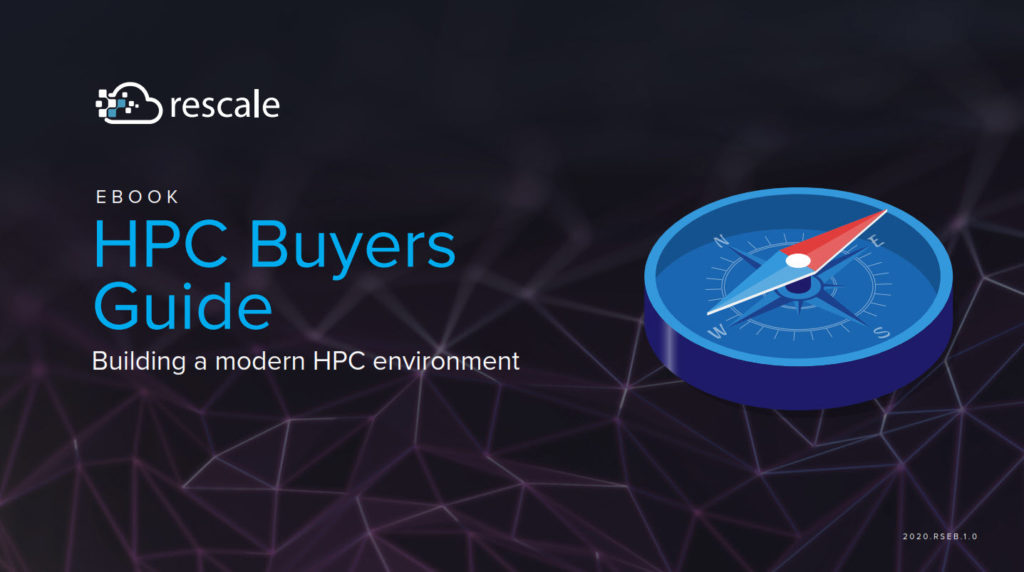 WASHINGTON, D.C. — The U.S. Department of Energy today announced up to $42 million in funding for “high-performance energy efficient cooling solutions for data centers.” More about the COOLERCHIPS funding opportunity, and details on how to apply can be found at: ARPA-E eXCHANGE.
WASHINGTON, D.C. — The U.S. Department of Energy today announced up to $42 million in funding for “high-performance energy efficient cooling solutions for data centers.” More about the COOLERCHIPS funding opportunity, and details on how to apply can be found at: ARPA-E eXCHANGE.
Noting that cooling accounts for up to 40 percent of data center energy usage, DOE’s Advanced Research Projects Agency-Energy (ARPA-E) will fund projects seeking to reduce power consumption and lower the data center’s operational carbon footprint. Data centers consume 2 percent of total electrical use today, but that number is growing. The overall IT business – with a boost from the HPC and hyperscale segments – is moving up the list of industries ranked by power consumption. According to ITProPortal, data center power use is expected to jump 50 percent by 2030.

Water cooling plumbing system for Frontier exascale supercomputer at Oak Ridge National Laboratory
Certain to be part of this effort is liquid cooling, which, over the past decade, has gained broader acceptance by the HPC industry. The current no. 1 supercomputer in the world, the HPE-built Frontier exascale system at Oak Ridge National Laboratory, is cooled by water pumped through a gigantic plumbing system under the computer floor at the Oak Ridge Leadership Computing Facility. Most major HPC systems makers have embraced liquid cooling, including Lenovo, which reports that Lenovo Neptune warm water cooling removes 90 percent of the heat generated by its servers used in HPC clusters, and that its ThinkSystem SD650-N V2 server reduces cooling costs by up to 30 to 40 percent.
ARPA-E’s Cooling Operations Optimized for Leaps in Energy, Reliable and Carbon Hyperefficiency for Information Processing Systems (COOLERCHIPS) funding program aims to develop highly efficient and reliable cooling systems that will enable a new class of efficient power-dense computational systems, data centers and modular systems. The program will prioritize four technical categories for cooling system innovation opportunities:
- Energy-efficient cooling solutions for next generation high power density servers
- High power density modular data centers that can be operated anywhere efficiently
- Software and modeling tool development to design and optimize data centers’ energy use, CO2 footprint, reliability, and cost, simultaneously
- Facilities and best practices for efficient evaluation and demonstration of transformational technologies developed under the program.
DOE said the funding will support President Biden’s goals to reach net zero carbon emissions economy-wide by no later than 2050.
“Extreme weather events, like the soaring temperatures much of the country experienced this summer, also impact data centers which connect critical computing and network infrastructure and must be kept at certain temperatures to remain operational,” said U.S. Secretary of Energy Jennifer M. Granholm. “Creating solutions to cool data centers efficiently and reduce the associated carbon emissions supports the technological breakthroughs needed to fight climate change and secure our clean energy future.”




